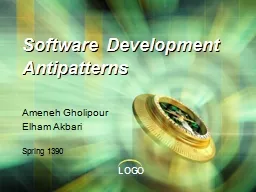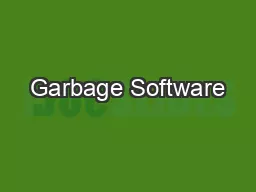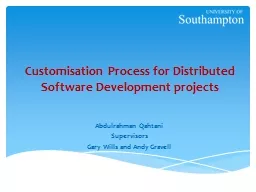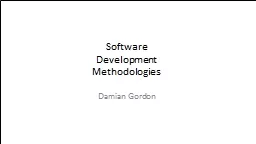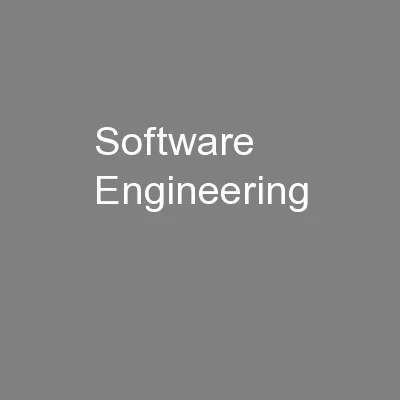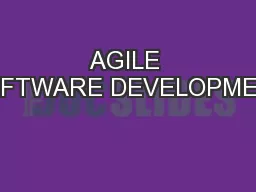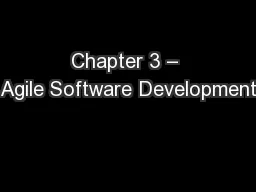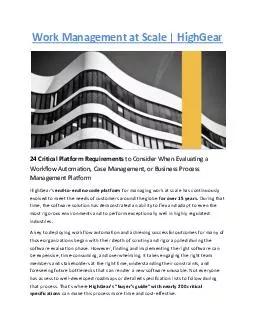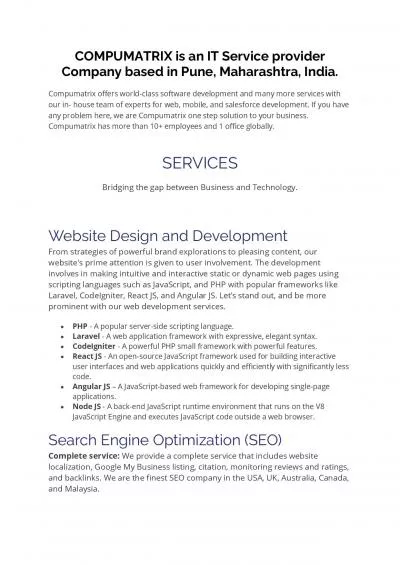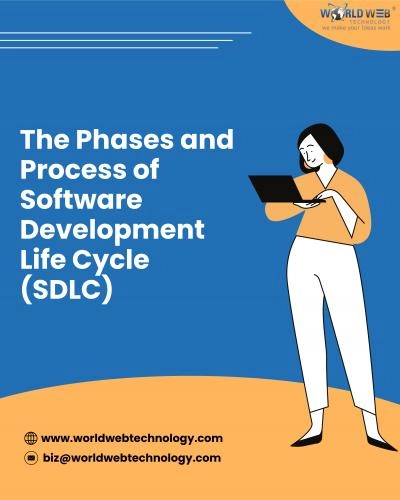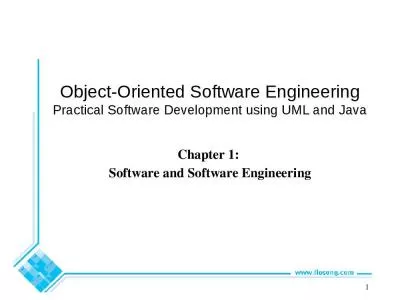PPT-Software Development
Author : danika-pritchard | Published Date : 2016-12-01
Antipatterns Ameneh Gholipour Elham Akbari Spring 1390 The Blob Also Known As Winnebago Akroyd 96 and The God Class Riel 96 Procedural style design leads to one
Presentation Embed Code
Download Presentation
Download Presentation The PPT/PDF document "Software Development" is the property of its rightful owner. Permission is granted to download and print the materials on this website for personal, non-commercial use only, and to display it on your personal computer provided you do not modify the materials and that you retain all copyright notices contained in the materials. By downloading content from our website, you accept the terms of this agreement.
Software Development: Transcript
Download Rules Of Document
"Software Development"The content belongs to its owner. You may download and print it for personal use, without modification, and keep all copyright notices. By downloading, you agree to these terms.
Related Documents

